
Quick facts
Lawns may need mowing weekly or fortnightly between March and October, but mowing isn't necessary during prolonged dry spells in summer
Milder winters mean lawns sometimes benefit from occasional mowing between late autumn and early spring
Let new lawns reach 5cm (2in) tall before mowing for the first time, with the mower blades on the highest setting
Getting started
Mowing when conditions are suitable and cutting at the correct height will help your lawn stay dense and healthy. Changes in seasonal weather patterns mean that it is no longer easy to predict when and how often you should mow. Observing the growth rate of your lawn and checking the soil and grass aren't overly wet will help you decide when to mow and the height of cut.
The blades of your mower should be clean and sharp to give a good cut. For information on choosing a mower and basic care tips, see our guide to lawn mowing.
What you’ll need to mow your lawn:
- Lawn mower
- Sturdy shoes
- Ear defenders (if needed)
- Residual current device (RCD) for electric mowers with cables
- A garden rake for collecting up grass clippings
- Long-handled edging shears for trimming lawn edges after mowing
Top Tip
A rotary or hover mower with sharp blades will be suitable for cutting most garden lawns. For a very fine cut on ornamental lawns, use a cylinder mower.
How to mow your lawn in nine simple steps
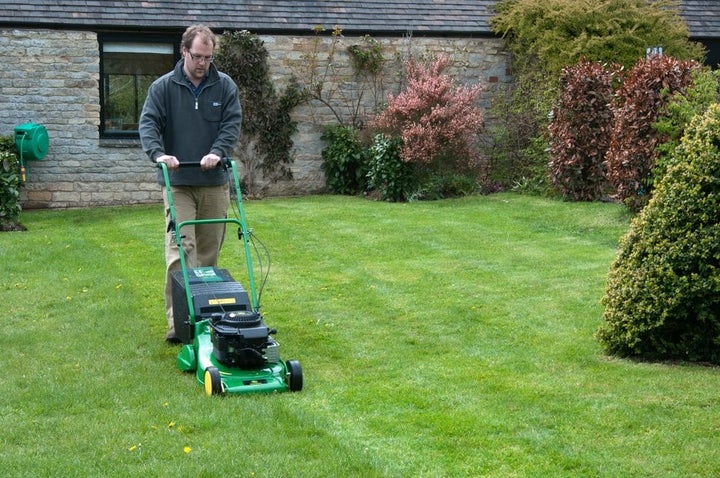
- Check the grass and soil conditions are suitable for mowing The grass should be dry, so mower blades cut cleanly and don’t get clogged with grass. Mowing when the soil is very wet can cause compaction and produce muddy areas along the wheel ruts. If your lawn sits wet, see our guide to waterlogged lawns. Don’t mow or walk on frosty grass as this can damage it. If necessary, wait until later in the day when the lawn has dried out or defrosted, or postpone mowing to another day.
- Clear the lawn for mowing Set aside furniture and play or sports equipment and, as you do so, check for and remove any objects, such as stones, that could damage the mower blades.
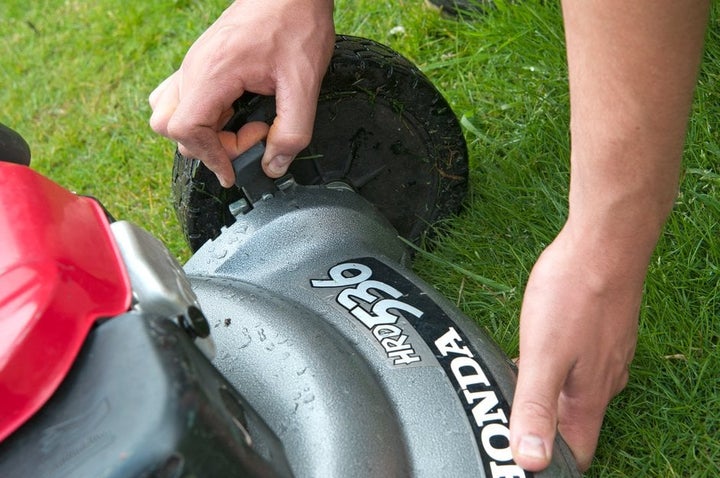
- Adjust the height of the mower blades Ideally, don't remove more than one-third of the grass height. The mower should be on the highest setting for the first cut of the year. After that aim to keep grass at about 4cm (1½in) tall in spring, autumn, and winter, and at about 2.5cm (1in) in summer. Fine lawns are kept shorter, at 6–13mm (¼–½in).
- Mow around the edges of the lawn This helps to define the area you’re mowing and provide a border to turn the mower around in.
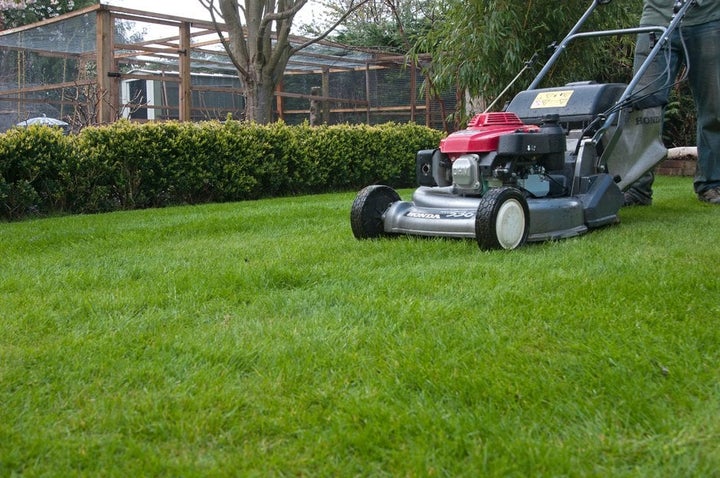
- Mow up and down in straight lines Overlap each row slightly so you don’t miss bits. With an irregularly shaped lawn, start with a line across the middle, then mow one side at a time.
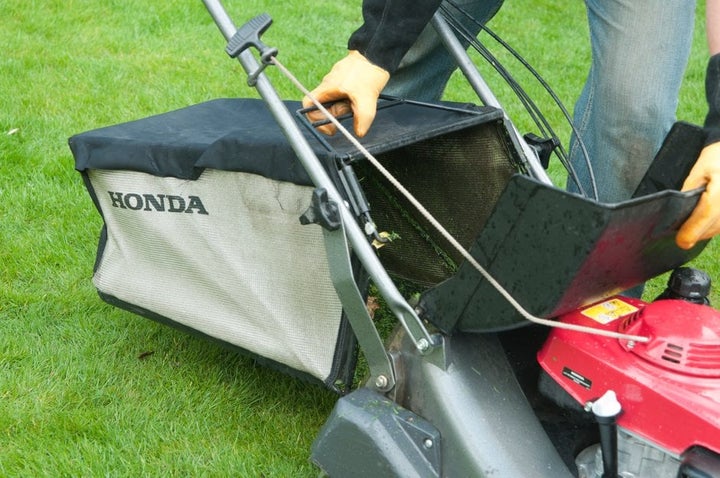
- Regularly empty the clippings box or rake up grass clippings This makes it easier to see your progress and prevent clumps being dropped on the lawn as you mow. Removing the clippings can also help prevent some lawn fungal problems. However, in very dry weather, clippings less than 1cm (½in) long can be left on the grass to help hold in moisture.
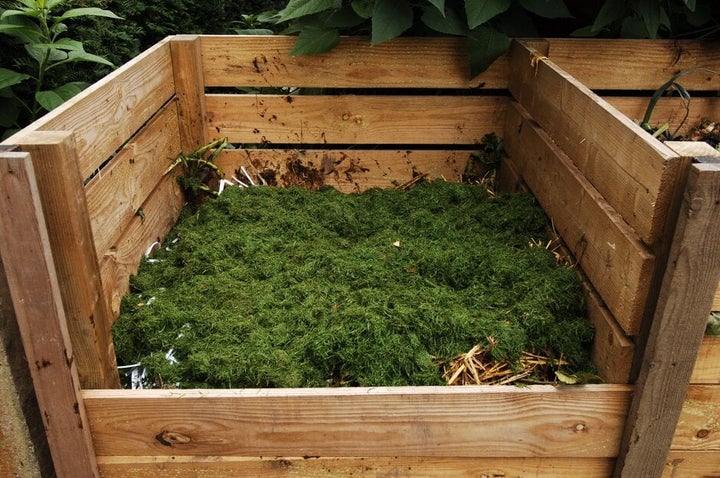
- Add grass clippings to your heap Try to add clippings between layers of woodier material. If you use selective weedkillers on your lawn, it is essential that the label recommendations are followed concerning disposal of clippings. For more information, see our guide to weedkiller damage.
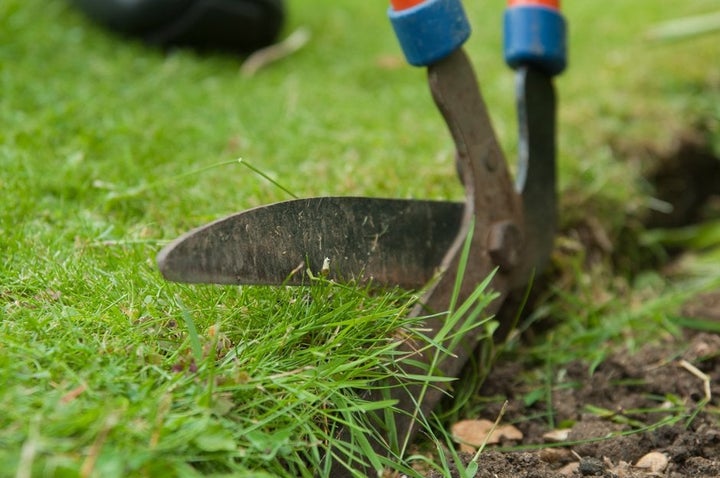
- Tidy up the edges of your lawn to leave a neat finish Mow once more around the outside to tidy up any marks left by turning the mower and trim the edges of the lawn with long-handled edging shears, collecting up and composting the trimmings as above.
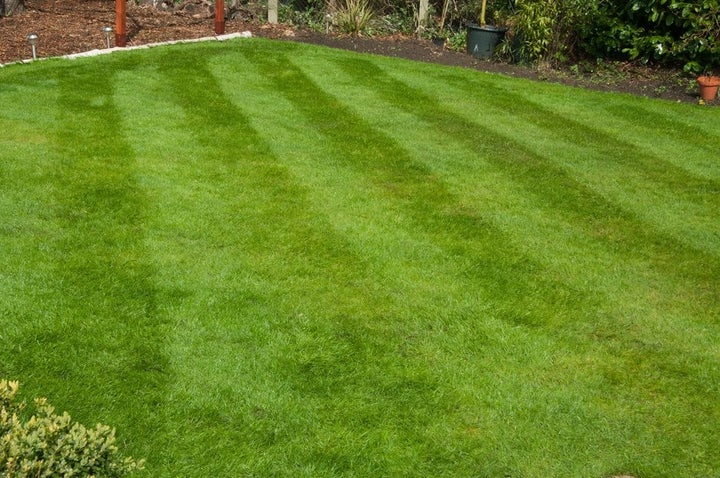
- Change the direction you mow Do this at least every month, so you catch all the stray blades of grass and don't create wheel ruts.














